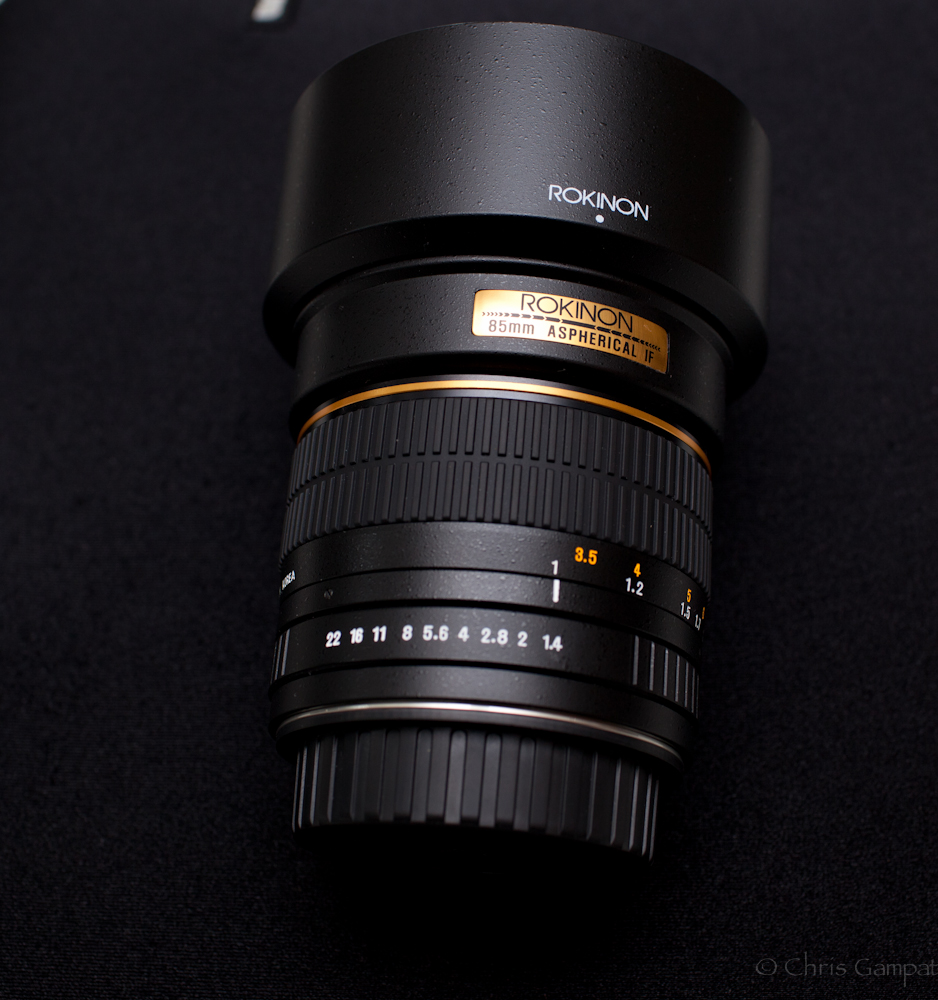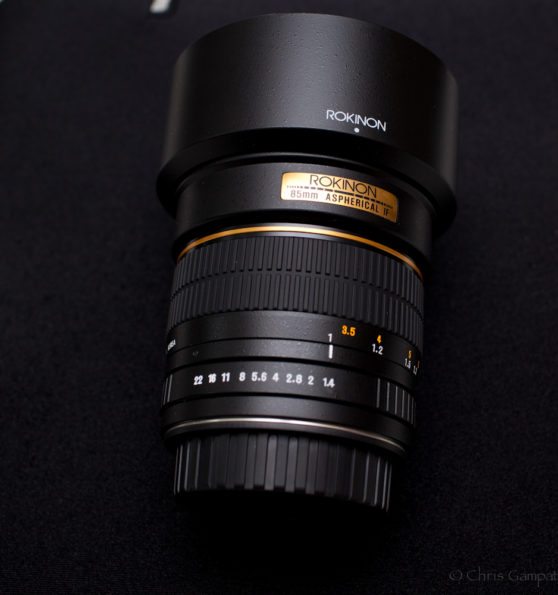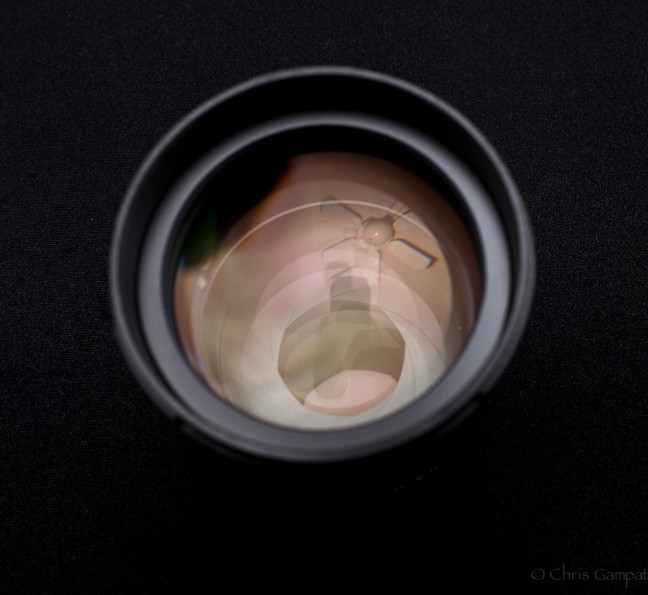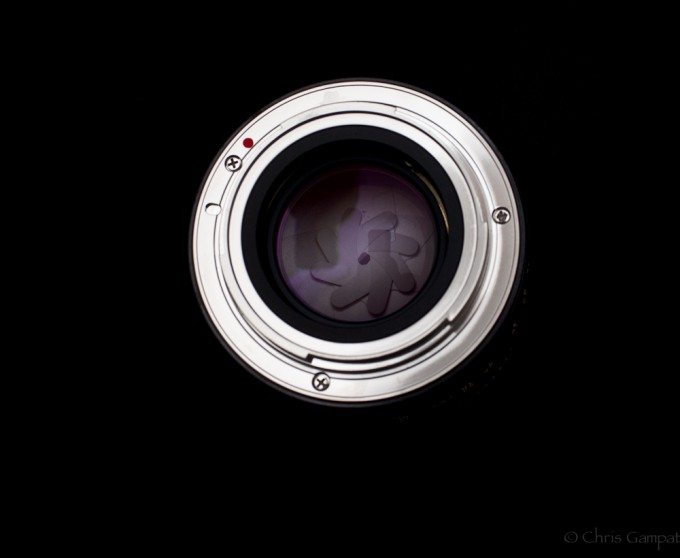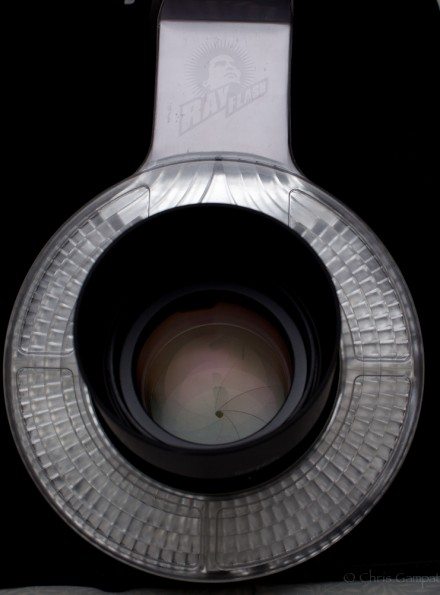Manual lenses are great for videographers and for photographers that want that old school feeling when shooting. So when I was thrown the Rokinon 85mm F/1.4 for Canon EF mount, and then told that it was under $300, I was intrigued. Though I already have an 85mm F/1.8, I couldn’t help but think to myself if I would part with my much loved 85mm by the end of the review.
If you’re interested, you should check out our list of the best budget lenses and lenses for videographers.
Tech Specs
FYI: this information is taken from B&H’s website. Note however, that the lens works perfectly on Canon EF mount in addition to EF-S. With that said, it will not only work on the APS-C bodies, but also on the full frame bodies.
Ergonomics
The Rokinon 85mm F/1.4 feels like a lens Zeiss would have made if they were targeting the budget range of users. The lens, which hails from South Korea, has a tough plastic build and actually feels fairly light in the hand. When mounted to the Canon 7D or 5D Mk II, the lens feels balanced and will be a joy to hold for long periods of time.
Though it does not have the full metal build of many of the Zeiss lenses, one can think of this lens as something in between Canon’s glass and Zeiss’ glass. In fact, I’d liken it to the build quality of some of the recent Sigma EX glass.
Focusing
Focusing is all done manually using the giant focusing ring. Photographers that have complained about the focusing rings on Canon lenses being, “wimpy” (and you know who you are, and so will all those that read forums often) will feel right at home with a lens like this. The focusing is smooth but not too dampened. It is still possible to get through the entire focusing range of this lens very quickly and with fair accuracy.
For the best results, I’d either switch this lens into Live View mode or get a split focusing screen. Videographers will find this lens a joy to use not only because of the focusing, but also because of the manual aperture ring.
Aperture Ring
Yes, this lens has an aperture ring. That’s something many Canon lenses lack. The Zeiss cinema primes, like the 85mm I had hands-on with, have a T-stop ring. However, this is one of the few lenses for the system I’ve seen with an aperture ring. That means that you can pretty much forget about the back dial.
Somehow or another, this lens seems to work wonders with the Expo Imaging Ray Flash and having that aperture ring around the lens makes controlling the light that much easier. It’s something you’ll honestly need to try for yourself and cannot be explained. Perhaps it’s something about the manual glass as I experienced with my Micro Four Thirds hack.
Quirks
– In Lightroom 3, the lens registers as a 50mm, not 85mm.
– Stopping the lens down makes your viewfinder very dark and sometimes even unusable.
– The lens hood can be difficult to put on at times.
– When switching into video mode on the Canon 7D, it won’t register that there is a lens on the camera. So you’ll have to press the record button to switch it into the full video mode.
Quick Image Sample
Despite the quirks of this lens, the image quality can surely speak for itself.
More to come in the full review!
Please Support The Phoblographer
We love to bring you guys the latest and greatest news and gear related stuff. However, we can’t keep doing that unless we have your continued support. If you would like to purchase any of the items mentioned, please do so by clicking our links first and then purchasing the items as we then get a small portion of the sale to help run the website.
Also, please follow us on Facebook, Flickr and Twitter.


